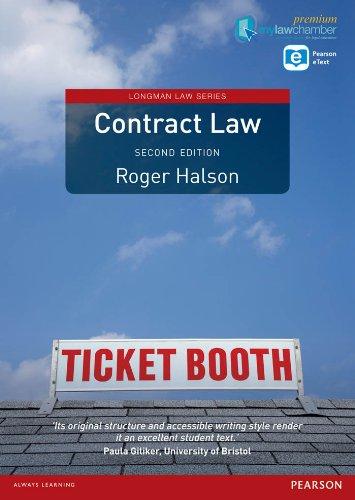Question: Perfection by Mere Attachment, Priorities In re NICOLOSI 4 (1 bookmark) Perfection by Mere Attachment; Priorities In re NICOLOSI 4 UCC Rep. 111 (Ohio 1966) Preliminary Statement and Issues This matter is before the court upon a petition by the trustee to sell a diamond ring in his possession free of liens. * * * Even though no pleadings were filed by Rike-Kumler Company, the issue from the briefs is whether or not a valid security interest was perfected in this chattel as consumer goods, superior to the * * * lien of the trustee in bankruptcy. Findings of Fact The [debtor] purchased from the Rike-Kumler Company, on July 7, 1964, the diamond ring in question, for $1,237.35 [about $9,600 in 2016 dollars], as an engagement ring for his fiancee. He executed a purchase money security agreement, which was not filed. Also, no financing statement was filed. The chattel was adequately described in the security agreement. The controversy is between the trustee in bankruptcy and the party claiming a perfected security interest in the property. The recipient of the property has terminated her relationship with the [debtor-Mr. Nicolosi], and delivered the property to the trustee. Conclusion of Law, Decision, and Order If the diamond ring, purchased as an engagement ring by the bankrupt, cannot be categorized as consumer goods, and therefore exempted from the notice filing requirements of the Uniform Commercial Code as adopted in Ohio, a perfected security interest does not exist. No judicial precedents have been cited in the briefs. Under the commercial code, collateral is divided into tangible, intangible, and documentary categories. Certainly, a diamond ring falls into the tangible category. The classes of tangible goods are distinguished by the primary use intended. Under [the UCC] the four classes [include] "consumer goods," "equipment," "farm products" and "inventory." The difficulty is that the code provisions use terms arising in commercial circles which have different semantical values from legal precedents. Does the fact that the purchaser bought the goods as a special gift to another person signify that it was not for his own "personal, family or household purposes" [and thus not "consumer goods"]? * * * By a process of exclusion, a diamond engagement ring purchased for one's fiancee is not "equipment" bought or used in business, "farm products" used in farming operations, or "inventory" held for sale, lease or service contracts. When the [debtor] purchased the ring, therefore, it could only have been "consumer goods" bought "primarily for personal use." There could be no judicial purpose to create a special class of property in derogation of the statutory principles. * * * By the foregoing summary analysis, it is apparent that the diamond ring, when the interest of the debtor attached, was consumer goods since it could have been no other class of goods. *#* [Another problem is presented: If the fiancee could be considered to have given "value" for the ring. the perfection-by-mere-attachment is defeated, because a good faith purchaser of consumer goods takes free such "mere attachment" perfection.] Is a promise, as valid contractual consideration, included under the term "value"? In other words, was the ring given to his betrothed in consideration of marriage (promise for a promise)? If so, and "value" has been given, the transferee [the fiancee] is a "buyer" under traditional concepts. The Uniform Commercial Code definition of "value" * * * very definitely covers a promise for a promise. The definition reads that "a person gives 'value' for rights if he acquires them . . . generally in return for any consideration sufficient to support a simple contract." It would seem unrealistic, nevertheless, to apply contract law concepts historically developed into the law of marriage relations in the context of new concepts developed for uniform commercial practices. They are not, in reality, the same juristic manifold. The purpose of uniformity of the code should not be defeated by the obsessions of the code drafters to be all inclusive for secured creditors. Even if the trustee, in behalf of the unsecured creditors, would feel inclined to insert love, romance and morals into commercial law [so that the fiancee was a "buyer for value," he is appearing in the wrong era, and possibly the wrong court. Ordered, that the Rike- Kumler Company holds a perfected security interest in the diamond engagement ring, and the security interest attached to the proceeds realized from the sale of the goods by the trustee in bankruptcy. Case Questions 1. Why didn't the jewelry store, Rike-Kumler, file a financing statement to protect its security interest in the ring? 2. How did the bankruptcy trustee get the ring? 3. What argument did the trustee make as to why the ring should not be considered "consumer goods" so that he-the trustee-should be able to take the ring as an asset belonging to the estate of the debtor? What did the court determine on this issue? 4. If Mr. Nicolosi's fiancee could have been considered to have given "value" for the ring, why would that defeat the jewelry store's claim? What did the court rule on this issue? Expert







